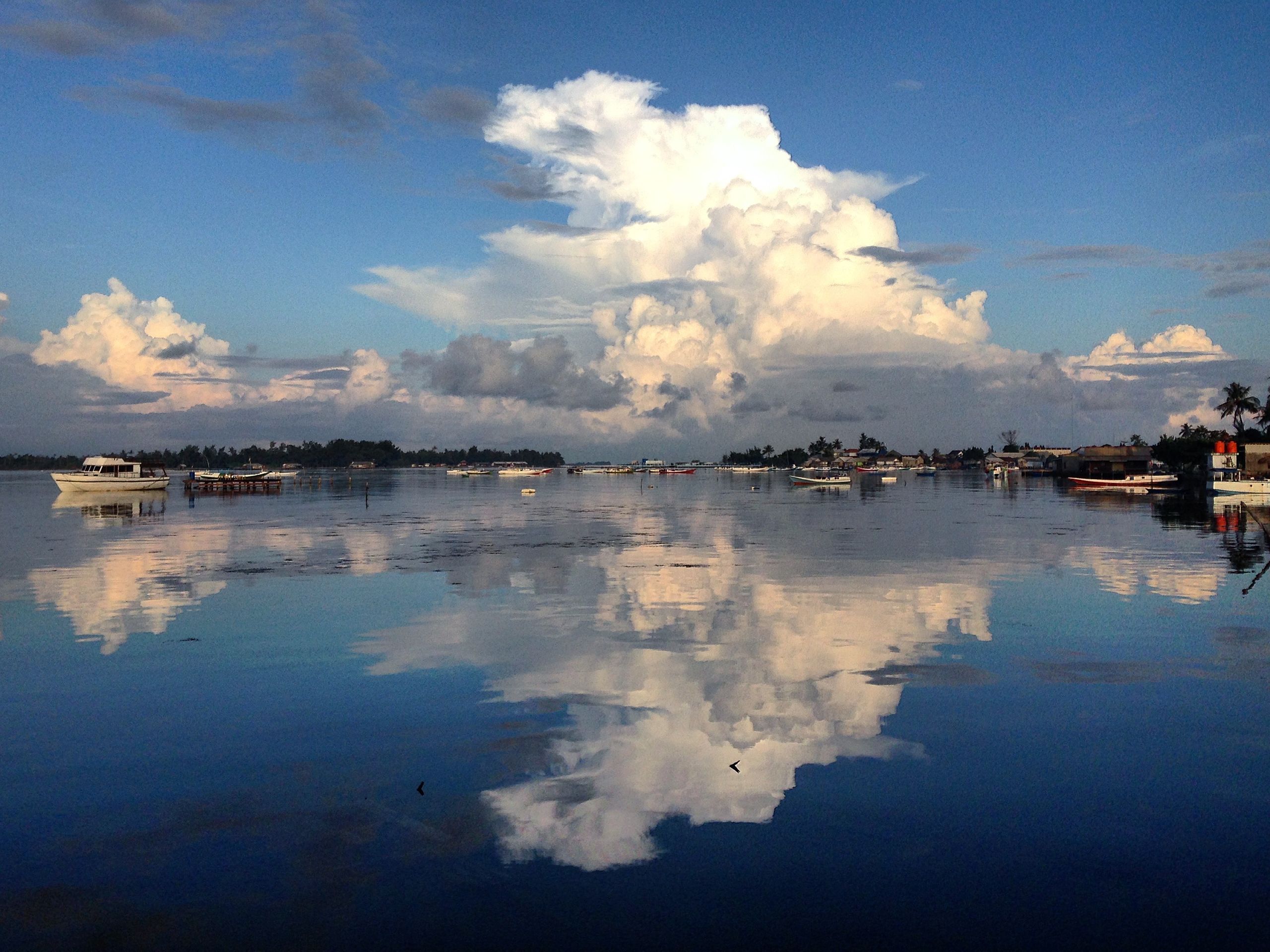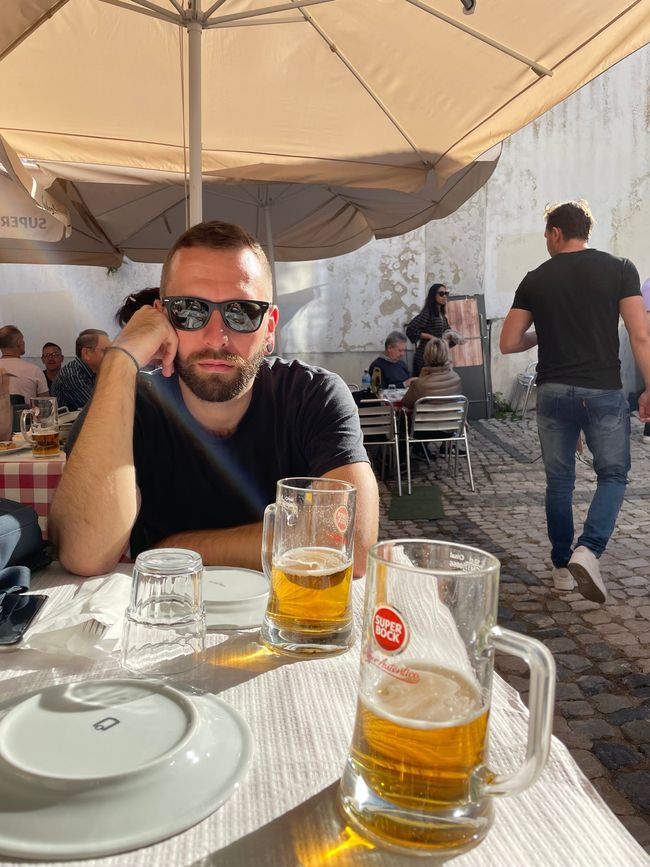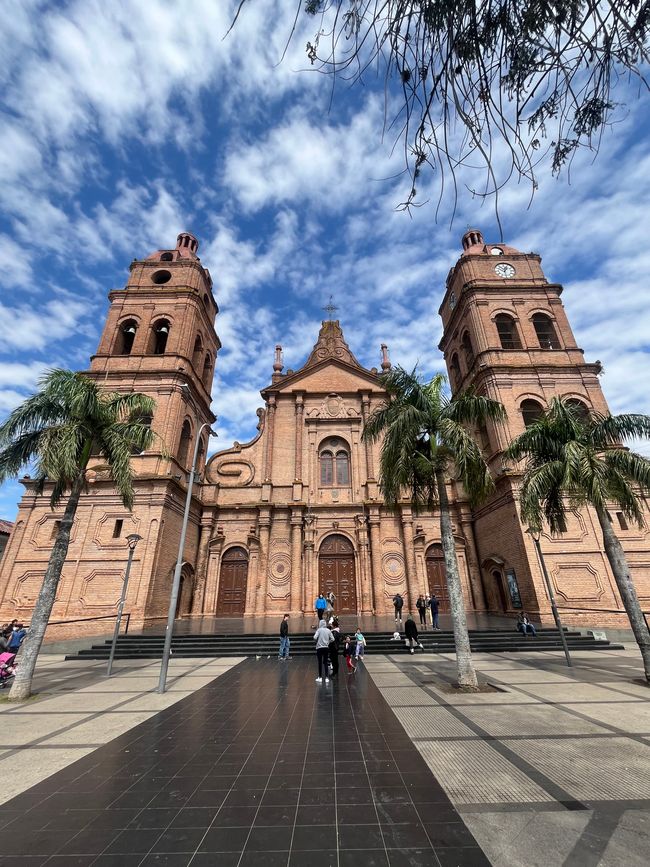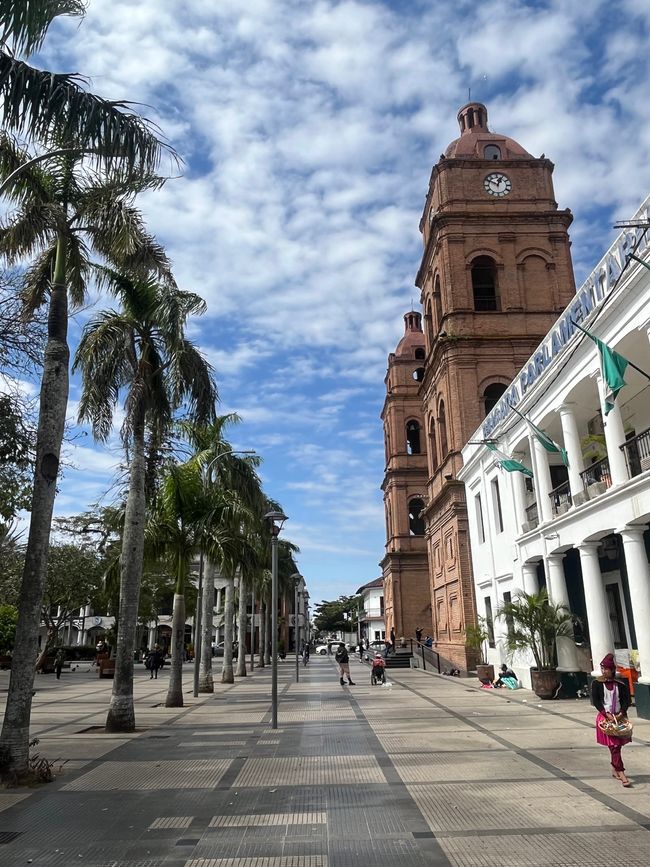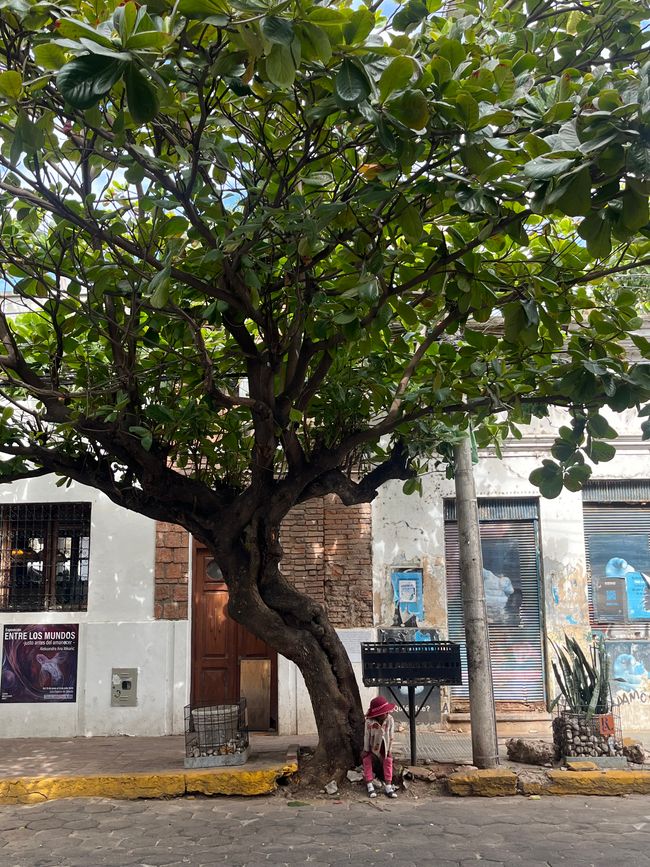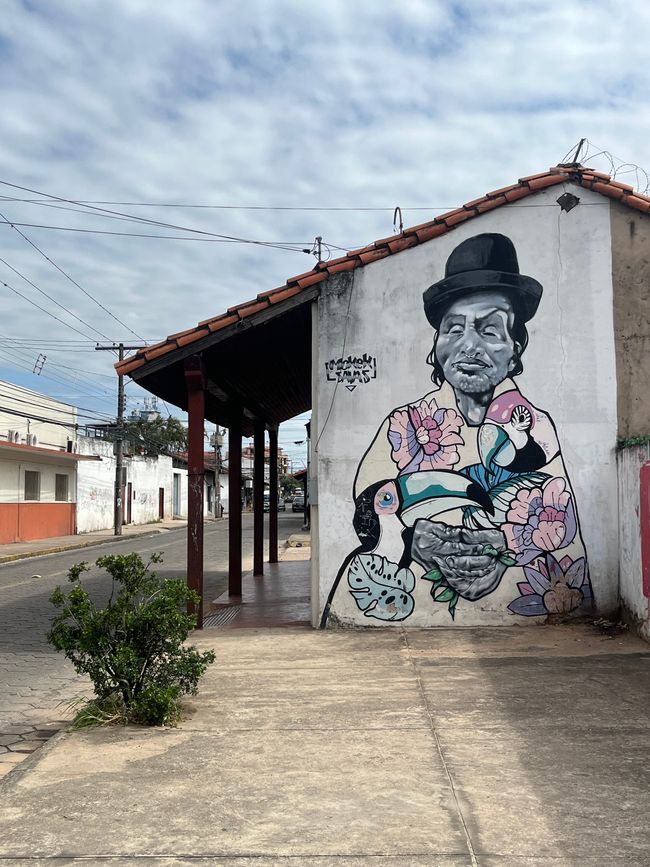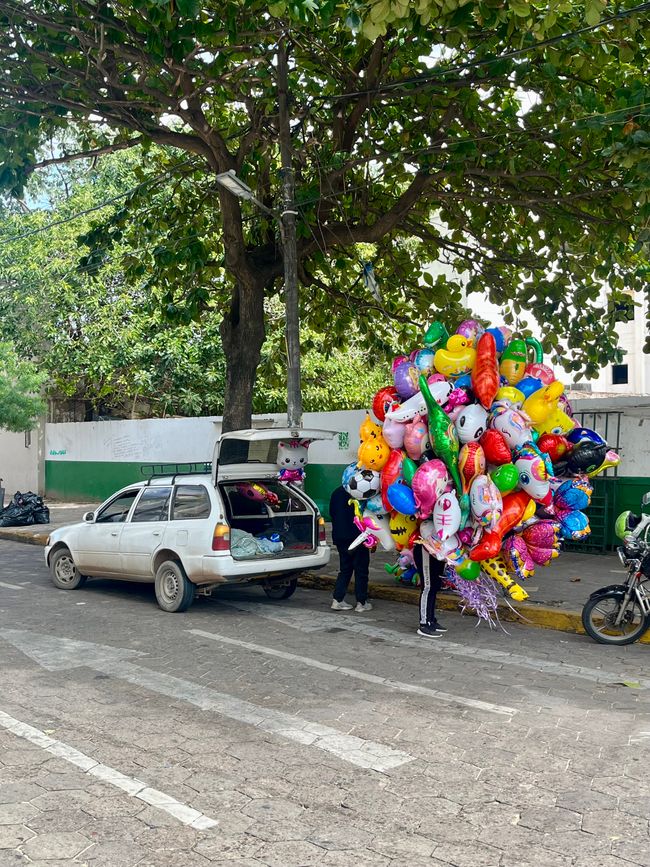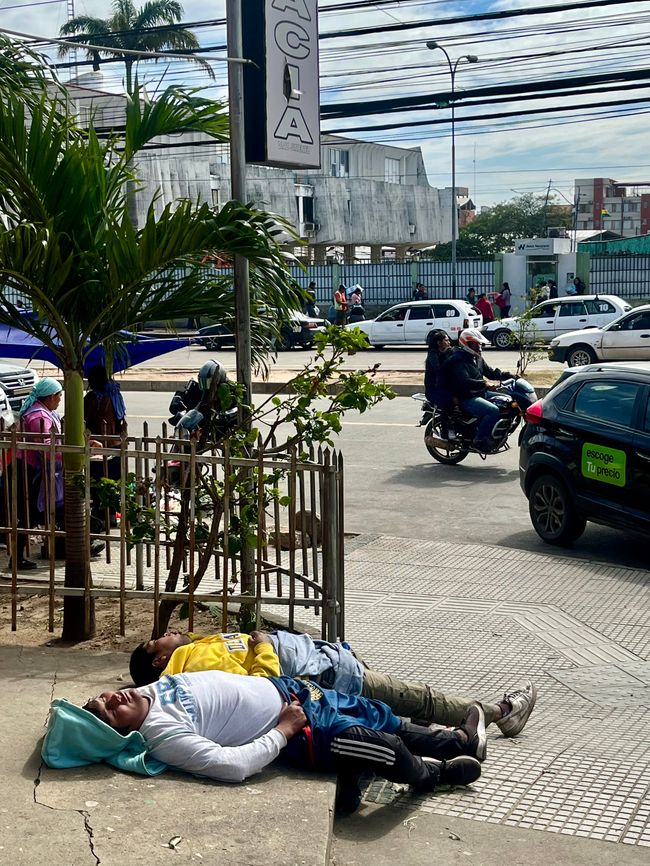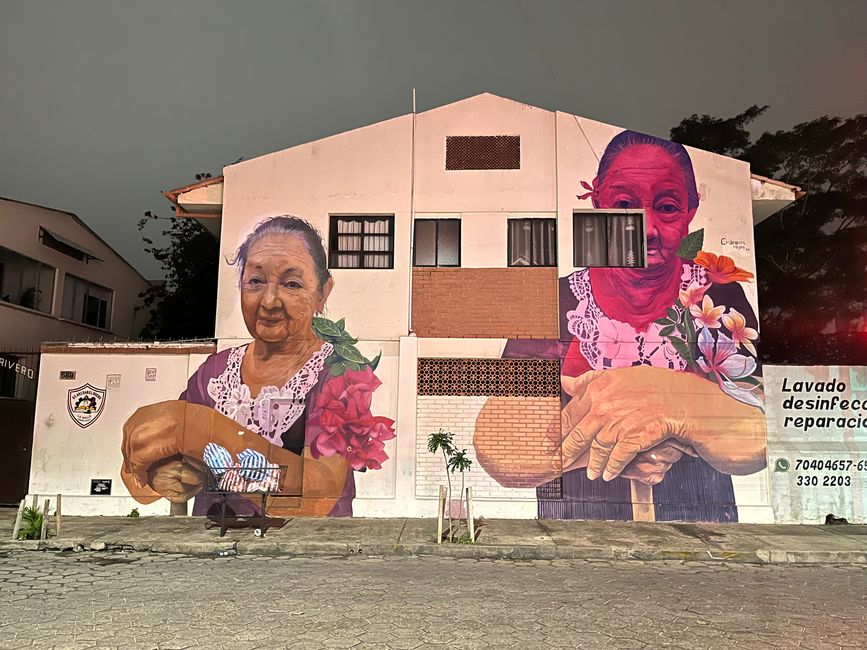Santa Cruz de la Sierra
Жарыяланган: 11.09.2024
Бюллетенге жазылыңыз
The journey continued from Sucre to the largest city in the country – Santa Cruz de la Sierra.
The approximately 480 km distance takes about 13 hours by bus, as the road conditions are somewhat worse than on the previous routes. The journey goes partly through mountainous landscapes and unpaved roads – just imagine, traveling from the capital to the largest city in the country and part of the only direct connecting road would not even qualify as a dirt road in Germany. This explains the extremely long travel time for such a relatively 'short' distance.
I spent a total of 3 full days in Santa Cruz, which is actually a bit too long, as there isn't much to see here. Santa Cruz is a vibrant and modern city, and the economic center of Bolivia. Unlike other cities in Bolivia, it is quite wealthy, leading to ongoing efforts to gain more autonomy from the central government in La Paz. These autonomy efforts often lead to political tensions and conflicts between the regional government and the central government in La Paz. How this whole story will unfold remains to be seen, but so far, all attempts for greater self-governance are being stifled by La Paz.
Due to its geographical location and economic significance, Santa Cruz has developed into an increasingly important center for the cocaine trade in recent years. Strategically located near various coca cultivation areas and with access to critical transport routes, the city is seen as a hub for drug smuggling. As a tourist, one doesn't notice this on the surface, but talking to the people in the city provides a rough overview of the importance of this market. Most people speak rather positively about the cartels and tolerate their businesses, especially since a significant portion of the capital generated stays invested in the country, thus contributing to local prosperity based on the cartel business. One may not agree with this as an outsider, but the statements and reasoning can be understood.
Another interesting aspect of Santa Cruz is the city's transportation planning. There are a total of 7 road rings surrounding the city, forming a network of roads aimed at easing both urban traffic and connections to the outer districts. However, traffic in the city remains catastrophic, especially during peak hours, and I can only vaguely imagine how the chaos would be maximized without this transportation planning feature.
There isn't much more to report about Santa Cruz de la Sierra; I found the city rather monotonous and uninteresting. However, it was here that the beloved travel group should initially split up. Colin stayed a bit longer in the city, Nim traveled on after 2 days towards the Toro Toro National Park, and I planned to make a stop in Samaipata on my way west. More on that in the next report.
Бюллетенге жазылыңыз
Жооп

Саякат баяндамалары Боливия
